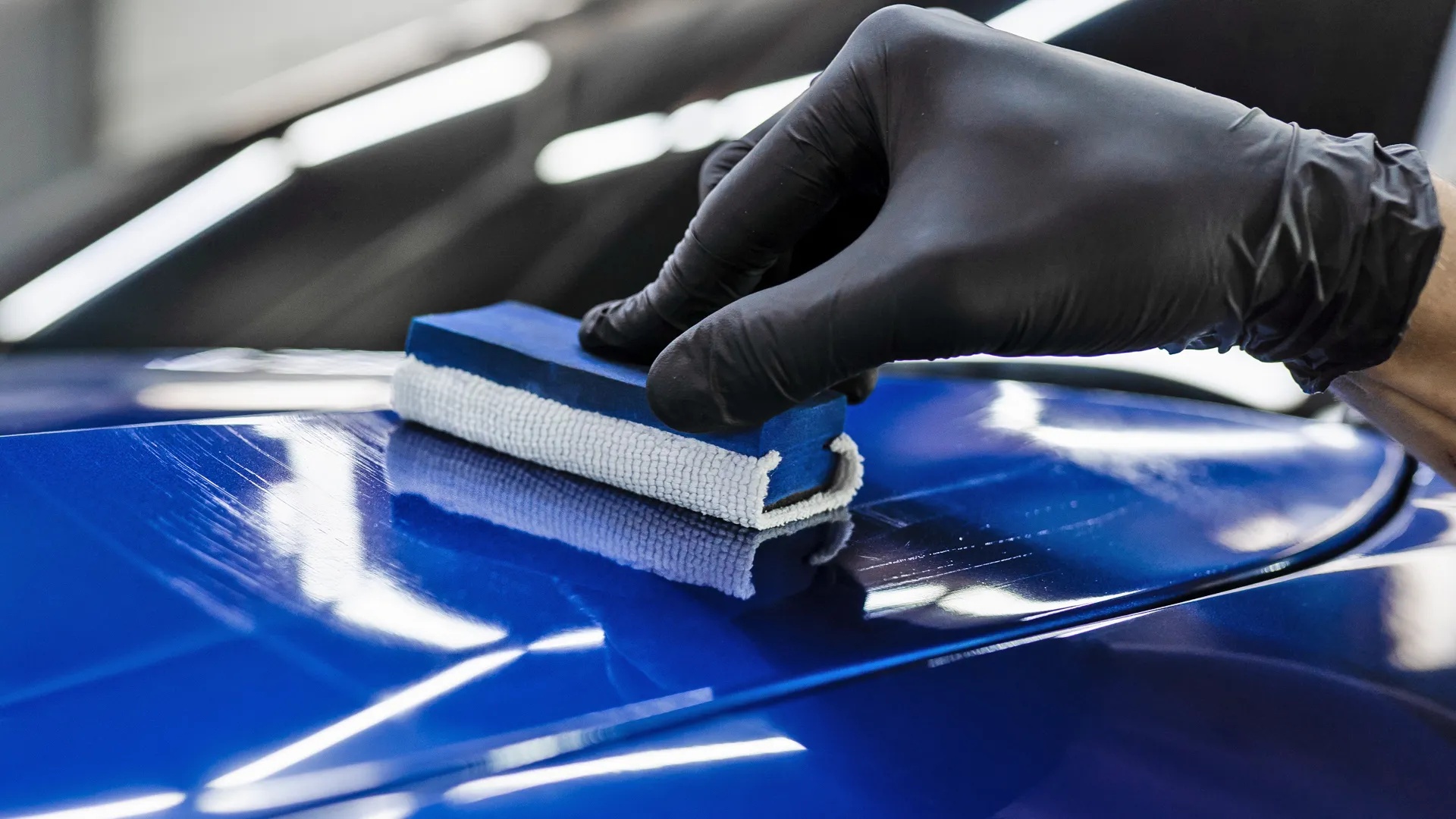Why Ceramic Finish Is the Ultimate Solution for a Perfect End Up
Ceramic covering has actually arised as a leading service for those looking for a perfect finish for their cars, many thanks to its impressive sturdiness and safety features. What elements absolutely set ceramic covering apart?
What Is Ceramic Finishing?

When applied correctly, ceramic finish produces a hydrophobic surface area that drives away water and dirt, making it less complicated to cleanse and keep. Unlike traditional waxes or sealers, which generally use short-term defense, ceramic coverings can last for several years, depending upon the product quality and application technique. The process of applying ceramic layer requires precise preparation, including comprehensive cleaning and occasionally repaint correction, to ensure ideal bonding and efficiency.
Ceramic coverings are not restricted to automobile surfaces; they can likewise be used on different products, including glass, metal, and plastics, providing a flexible solution for enhancing security. In general, ceramic finishing represents a considerable development in surface area defense technology, integrating both aesthetic and practical advantages for a vast array of applications.
Benefits of Ceramic Layer
While numerous surface area security alternatives exist, the benefits of ceramic covering stand apart due to its distinct properties and long-lasting efficiency. One of the primary advantages is its exceptional sturdiness. Ceramic Coating Philadelphia. Unlike typical wax or sealants that call for regular reapplication, ceramic coverings supply a resistant layer that can last for several years, dramatically decreasing maintenance efforts
An additional remarkable advantage is boosted defense against environmental contaminants. Ceramic finishings develop a hydrophobic surface area that pushes back water, dirt, and different contaminants, making it simpler to cleanse. This function not only protects the car's appearance yet also reduces the threat of corrosion and oxidation, especially in severe weather.
Moreover, ceramic coatings offer superior resistance to UV rays, protecting against fading and degradation of paint gradually. This UV protection is important for maintaining the visual value of surfaces and vehicles exposed to route sunlight.
In addition, the glossy finish accomplished with ceramic coating boosts the total visual appeal, providing surfaces a showroom-quality luster. In general, ceramic coatings represent a considerable advancement in surface protection innovation, offering long-lasting advantages that cater to both useful and aesthetic needs.
How It Works
Comprehending the science behind ceramic coatings discloses just how they supply such amazing defense and durability. At its core, a ceramic finish is a liquid polymer that chemically bonds with the car's manufacturing facility paint. This bonding produces a safety layer that is both hydrophobic and oleophobic, repelling water, dust, and oil. The main component of most ceramic finishings is silicon dioxide (SiO2), which is stemmed from quartz. This substance adds to the layer's firmness and resistance to scratches, UV rays, and ecological impurities.
The application procedure entails numerous steps, consisting of surface preparation, which is crucial to achieving ideal adhesion. Once applied, the finishing goes through a treating procedure, throughout which it hardens and forms a semi-permanent bond with the paint surface area. This bond is what differentiates ceramic finishes from standard waxes and sealants, providing a longer-lasting protective obstacle that can withstand for many years.
Additionally, the thickness of the covering can enhance its protective qualities, making certain that it can hold up against severe problems. Eventually, the scientific research of ceramic coatings incorporates sophisticated materials with ingenious application strategies to supply an unrivaled degree of protection and visual improvement for automobiles.
Comparison With Traditional Approaches
The benefits of ceramic finishings become specifically noticeable when compared to typical paint defense techniques such as sealers and waxes. While waxes provide a short-lived luster, typically lasting a few weeks to a number of months, ceramic coverings supply a lasting protective layer that can endure for several years. This longevity substantially reduces the frequency of reapplication, making ceramic coatings an extra affordable option over time.
In addition, typical approaches usually need click for more info considerable prep work and numerous applications to accomplish a satisfying level of protection. On the other hand, ceramic finishings bond at a molecular degree with the lorry's surface, developing a robust guard versus environmental pollutants like UV rays, acid rainfall, and roadway salts. This bond improves the lorry's resistance to scratches and swirl marks, which are common with standard waxes and sealants.
Moreover, the hydrophobic buildings of ceramic coatings push back water and dust, leading to much easier cleansing and maintenance. In contrast, wax and sealant-treated see post surfaces can draw in grime, demanding more regular cleaning - Ceramic Coating Philadelphia. Overall, ceramic coatings not only provide superior security however also supply an extra enduring and aesthetically attractive coating, establishing them as the favored option for discerning vehicle owners
Application and Maintenance Tips

Making use of a foam applicator, use the coating in tiny sections, complying with the supplier's standards concerning density and overlap. Allow adequate healing time in between coats, generally 1 day, to make certain appropriate bonding. After application, it is essential to prevent direct exposure to water or extreme components for at least a week to permit the covering to totally cure.
Furthermore, utilizing a ceramic maintenance spray can improve the covering's hydrophobic residential or commercial properties and durability. Regular evaluations for any kind of signs of wear will certainly aid keep the layer's integrity and protect that immaculate coating.
Final Thought
In final thought, ceramic finishing arises as an exceptional alternative for accomplishing a remarkable automotive coating. By creating a durable bond with factory paint, ceramic coating successfully shields versus scrapes, UV rays, and environmental pollutants.
